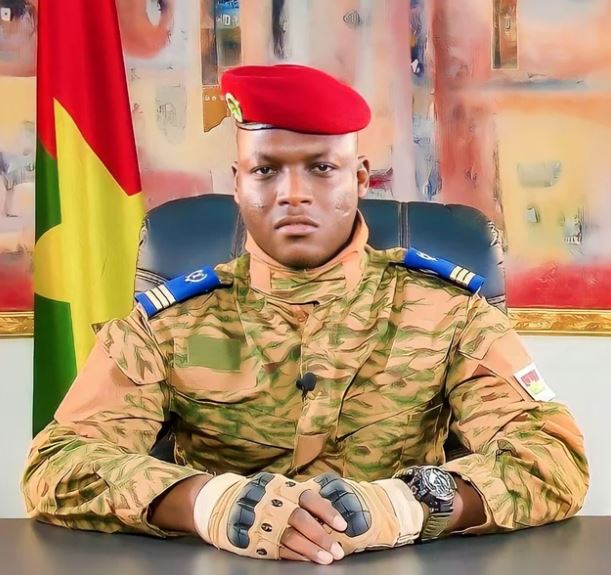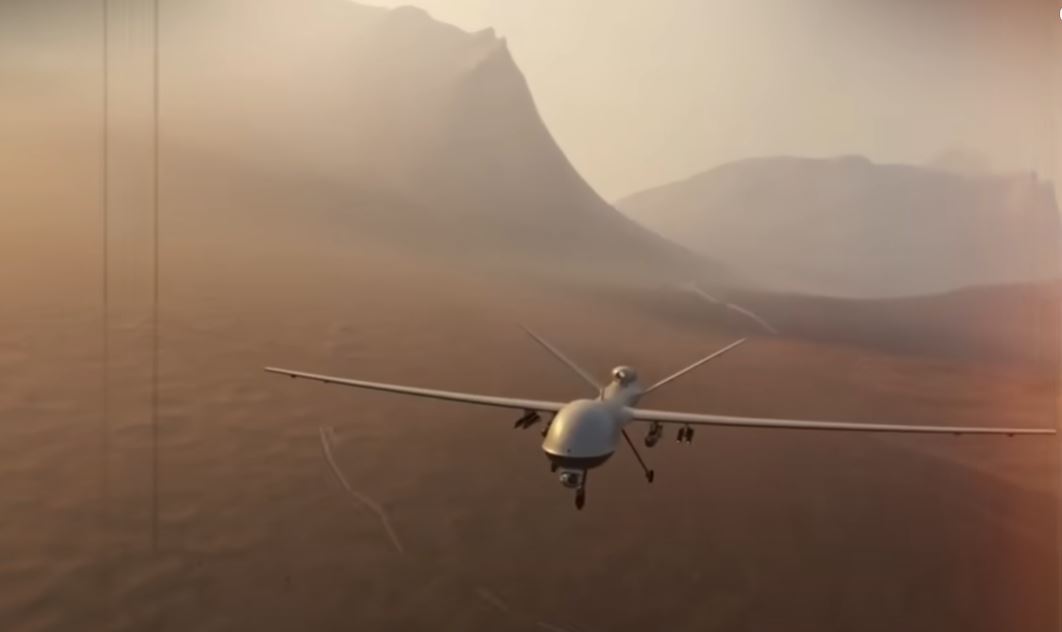**Burkina Faso’s Drone Strike: A Brutal Turn in the Sahel’s Battlefield**

In an audacious military operation that has sent shockwaves across the globe, Burkina Faso has executed a drone strike that obliterated over 1,000 insurgents in a single night, marking a pivotal moment in the Sahel’s ongoing conflict. The meticulously planned ambush, dubbed by some as “the Whisper War,” transformed the Arbinda corridor into a war zone of fire and smoke, showcasing a dramatic shift in the nation’s military strategy and capabilities.
For months, Burkina Faso’s military, under the leadership of Captain Ibrahim Traore, has been silently preparing for this moment. Dismissed by many as vulnerable and reliant on foreign aid, Burkina Faso has turned a corner by harnessing the power of local intelligence and community involvement. Rather than relying on traditional military constructs, Traore tapped into the most underutilized resource in any war: the people. Villagers, farmers, and even children were trained to observe and report insurgent movements, creating a decentralized network of intelligence that would lay the groundwork for the impending strike.

The operation began with the careful tracking of a militant convoy, building in both size and audacity as it moved through the Arbinda corridor. For weeks, the Burkina Bay forces monitored these insurgents, preparing for a moment when the damage would be irreversible. With drones upgraded by local engineers—technology sourced from outside the conventional Western arms trade—an aerial ambush was set into motion.
On the fateful night of the strike, three drones executed a coordinated attack that left insurgents scrambling in chaos. The first missile severed the head of the convoy, while subsequent strikes cut off escape routes, pushing the insurgents into a carefully laid trap. As confusion reigned, ground forces, trained in synchronized tactics, joined the fray, delivering a crushing blow to the insurgent ranks. The scene was a masterclass in modern warfare—ground troops and drones operating in unison, a terrifying ballet of destruction that left no room for error.

The psychological impact of the operation was as significant as the physical toll. The insurgents, accustomed to operating in the shadows, suddenly found themselves hunted, their confidence shattered. By sunrise, the battlefield was littered with the remnants of their defeat, and not a single civilian life had been lost. Images of the strike spread rapidly through social media, a testament to the new age of warfare where victories are celebrated not through official channels but through the voices of the people.
Yet, even as the dust settled, the implications of this operation loomed large. Traore’s boldness has redefined what it means to be a sovereign nation in the Sahel; no longer a victim, Burkina Faso has emerged as a vanguard in the fight against terrorism. However, this victory comes with its own set of challenges. Expectations are now elevated, and the pressure is on for the Burkinabe military to sustain this momentum. The question remains: Can they replicate this level of success in future operations?

As Burkina Faso steps into this new chapter, the world watches closely. The ambush has not only shifted the narrative of the Sahel but also positioned Burkina Faso as a potential model for other nations grappling with similar threats. However, with success comes the burden of sustainability—ensuring that the community benefits from this newfound strength and that the military can maintain its capabilities amid ongoing challenges.
In a region where instability has become the norm, Burkina Faso’s recent triumph may signify a turning tide. The operation was not merely a tactical victory; it was a declaration of intent—a message that echoed not just through the Sahel but around the world: Burkina Faso is no longer waiting for help; it is taking charge of its destiny. As the effects of this strike continue to unfold, only time will tell if this marks the dawn of a new era for the nation and its people.





